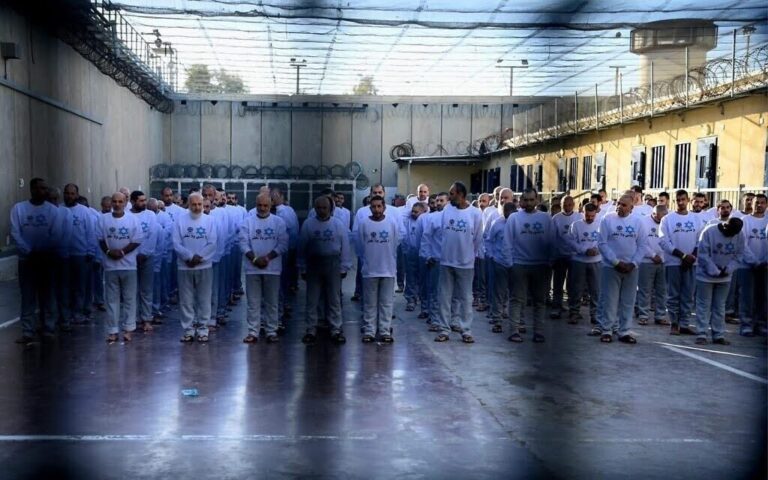 U.S. Sen. Charles Schumer is calling for an investigation of what he says are unnecessarily high electricity rates in New York caused by deregulation of the industry, citing a study that a trade group calls seriously flawed.
U.S. Sen. Charles Schumer is calling for an investigation of what he says are unnecessarily high electricity rates in New York caused by deregulation of the industry, citing a study that a trade group calls seriously flawed.
The Democrat pointed to a recent report that says New Yorkers pay about 10 percent more in their bills than they should and face higher bills than residents and businesses in neighboring states. However, the industry says the report is deeply flawed in its data and analysis and New Yorkers are paying less because the industry is regulated more by market forces than government.
New York’s energy auction system needs to come out of the shadows before New Yorkers have to needlessly shell out another nickel to power generators who could be gaming the system to reap profits at consumers’ expense,” Schumer said. He said New Yorkers are paying as much as $2.3 billion more annually than necessary under a secretive auction process in which an industry-created group sets rates.
Gavin Donohue of the Independent Power Producers of New York, a trade group for generators, said New York’s rates are far lower, accounting for inflation, than when the industry was regulated more by government a decade ago. The high cost of natural gas and other fuels masks the savings and New York’s high taxes, environmental protection fees and undersized transmission system also add substantially to New Yorkers’ bills, he said.
Donohue said the current system puts more risk and costs on shareholders rather than on rate payers. He said it also has drawn more competition into New York, brought more reliability to the system in an era when blackouts can cost New Yorkers $10 million a day, and created an incentive for more wind and other cleaner power sources.
At issue is an “auction” system used to set rates by the industry’s Independent System Operator. The ISO is now being reviewed by the Assembly. Assemblyman Richard Brodsky of Westchester called the price-setting system a form of collusion by the industry.
Operators say the process works this way: Power producers using fossil fuels, hydro, wind or nuclear power submit bids on a price for the megawatt hours available at a specific time. Those prices range from zero – for producers with excess power to unload – to $1,000 per unit. The ISO could choose the lowest bidder, but when that generator’s units are expended, the ISO moves to the next highest bidders, in order, until all the megawatts needed are secured. Each time the ISO moves to a higher bidder, all of the lower bidders are paid the price offered in the highest bid used.
Schumer said these auctions must be monitored more closely to make sure bidders aren’t strategically withholding power to increase the price.
He cited a recent report by energy expert Robert McCullough that concluded the price of power was 10 percent higher than it should be in New York and much higher than in many other states.
Donohue said the report is flawed because only 15 of 300 plants were studied and the 11-page report didn’t accurately evaluate the massive, $10 billion industry and the unique challenges in New York. Among them, he said, is the state’s failure to increase the number of transmission lines for natural gas to provide cheaper fuel to power plants.
But Schumer says New York’s high rates are part of why the number of residential accounts terminated for nonpayment was recently reported by utilities as 329,817, up from 277,771 in 2007.
(Source: 1010WINS / Schumer Press Release)











4 Responses
when chucky schumer speaks…. it must be a WEEKEND!!!!
New York City residents pay double the national (48 contiguous states) average. This alone should be enough evidence that something is very wrong. The legislature should cap the rates that we pay at no more than 10% above the national average.
Schumer’s angry because Conedison and Keyspan probably just took him off their payroll.
The question is, should the ISO pay each producer the actual price they bid (as-bid), or should they everyone the same price, which would be the price of the most expensive generation they purchased for that hour (market-clearing price). I think the latter is standard operating procedure for ISOs, despite the fact that Enron took advntage of this to swindle California taxpayers of millions of dollars.
I do agree that the bid information should be publicly available immediately on the ISO website(or within a day or two), without the current 6-month delay.